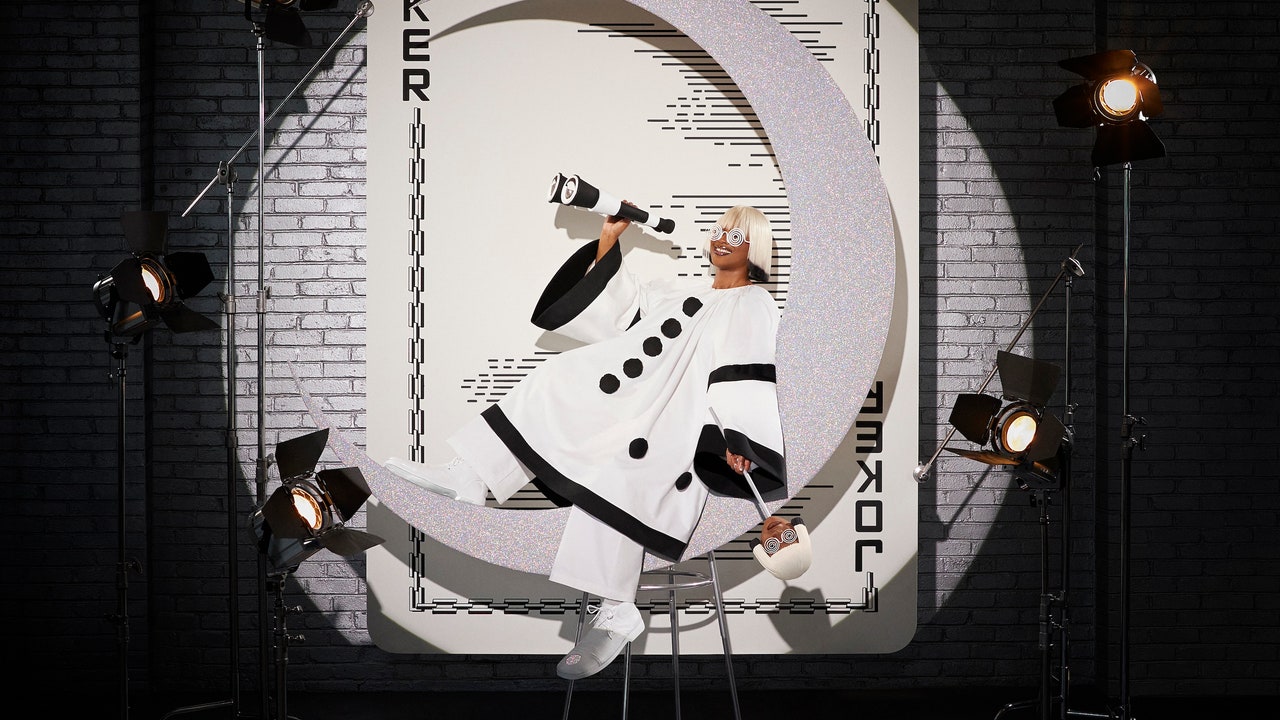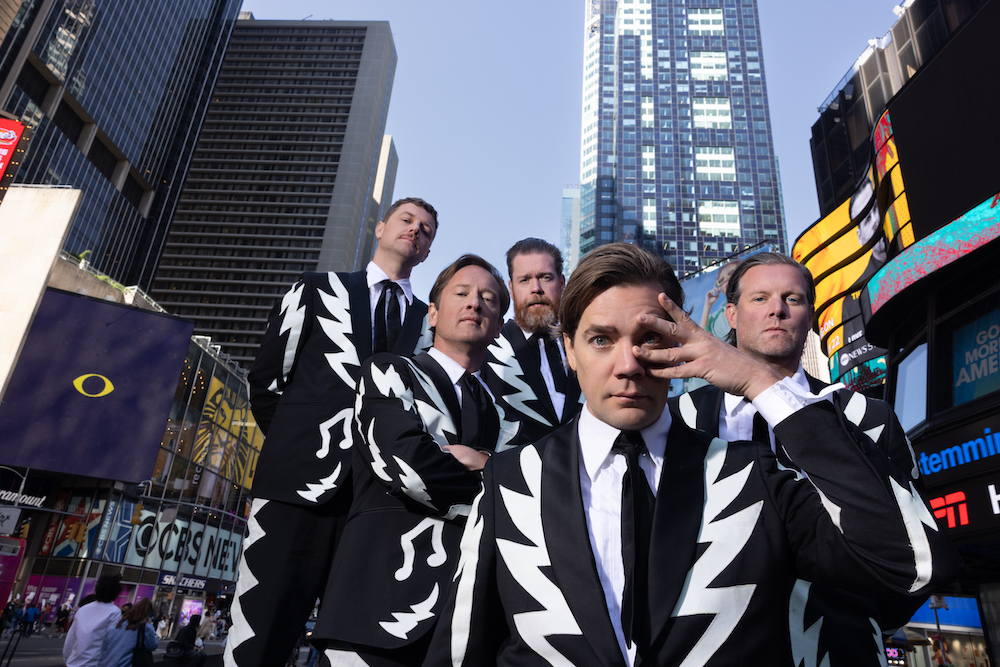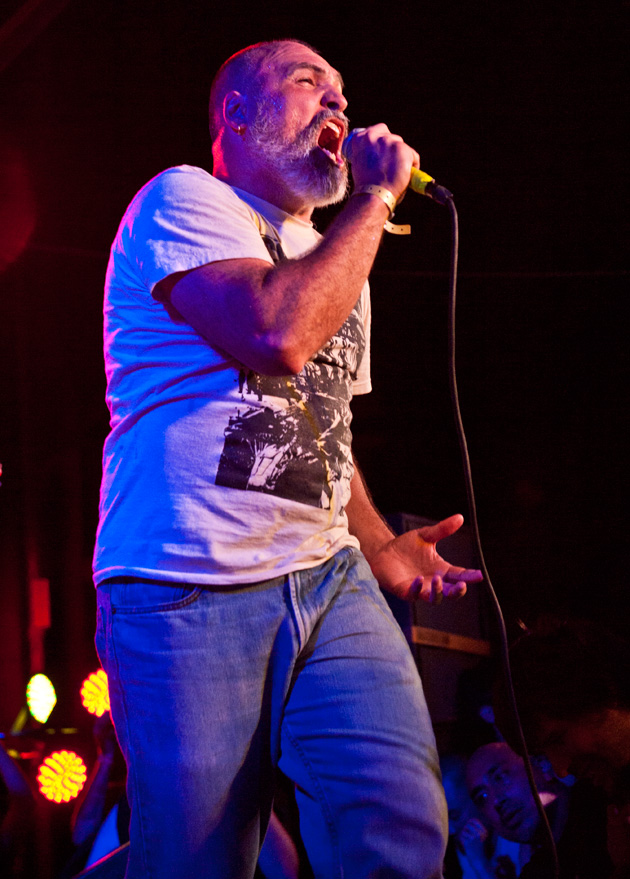Underage discos could be pretty strange in the early 1990s. You’d get a blast of Nirvana; maybe even REM for the more sophisticated pre-teen. But you were also guaranteed to hear at least one example of speaker-rattling, drug-referencing rave music that borrowed samples of children’s TV tunes for its hooks – samples that its pre-teen audience was too young to have nostalgia for.
There was Smart E’s Sesame’s Treet, which reached No 2 in the UK and an improbable No 60 in the US in 1992. There was Trip to Trumpton by the respected breakbeat duo Urban Hype. In 1991, there was Mark Summers’ Summers Magic, which started the trend by sampling The Magic Roundabout theme tune. And then there was Charly by the Prodigy, a track that led Mixmag to accuse the band of killing rave.
Some people called this kind of music cartoon rave. Others called it toytown techno. Whatever the name, it proved a brief phenomenon, fading away by autumn 1992, to the delight of more seriously minded rave DJs. Yet this uniquely British sensation, where nostalgia met new electronic production tools and a sense of humour, helped to introduce a generation of children to the joys of electronic music, while many of its producers went on to considerable success.
“At the time, bleep techno was all the rage. I saw Summers Magic as the antithesis to the dark side of that,” says Summers. “The illegal substances people were taking at raves at the time made them feel happy and light. I suppose when they heard something like Summers Magic, that sense of euphoria comes flooding back, [reminding] them of that bygone age when they were innocent.”
Although derivative, these tunes were rarely cheap or cynical. Their success came largely from the ground up, as rave and pirate radio DJs picked up on the records and turned them into hits, the same route taken by more credible dance hits of the era like Liquid’s Sweet Harmony.
“It wasn’t manufactured, like we’re going to put this cheesy thing out and have a hit,” says Mark Pritchard, a respected electronic music producer who now releases on Warp Records and has collaborated with Thom Yorke. In 1991, Pritchard had a Top 10 UK hit with Shaft’s Roobarb and Custard. “Most of it was a bit naive and nostalgic – I think that’s why the stuff doesn’t feel as bad as it could do.”
“They weren’t records made by talentless people who got lucky,” adds Billy Daniel Bunter, one of the most important DJs of the rave era. “They were made by really great producers and engineers. I didn’t play Trip to Trumpton, but the B-side, I Feel the Heat became a seminal, hands-in-the-air rave classic.”
Bunter thinks the same cartoon samples that put off some DJs allowed mainstream media to plug into the excitement of the rave era. “This was a dream for Radio 1,” he says. “At 3.30pm you couldn’t play [hardcore classic] Genaside II Narra Mine, but you could play Roobarb and Custard.”
Pritchard’s experiences are typical of producers who had runaway rave hits. Roobarb and Custard was made on a whim, and included on a white-label 12-inch with the hope of selling 500 copies. It ended up in the Top 10, and Pritchard appeared on Top of the Pops alongside Cliff Richard and Right Said Fred. “It was pretty bizarre,” Pritchard says. “I had to do Top of the Pops, then carry on working as a chef.”
Many rave acts had similarly surreal brushes with the mainstream: Altern-8 once opened a shopping centre in Hanley, Stoke-on-Trent and Liquid played a gig in Barry town hall, Wales, a show organised by the local council. “Interviews were weird,” says Chris Howell, a successful DJ, producer and label boss known as Luna-C and once a member of Smart E’s. “Journalists always asked what the inspiration for the song was, and you couldn’t really say, ‘We were just clowning about’.”
Perhaps inevitably, the boom didn’t last. Howell says it proved impossible to follow up Sesame’s Treet. “I voted for going very hardcore and underground,” he says. “I knew there would be no huge commercial success for us again. It was a novelty tune, regardless of our original intent.” The best the band could hope for, Howell says, would be to forge a career as “real hardcore artists”. “But in the end, we went for a follow-up [Loo’s Control] that was better made, better sung, a better ‘song’ in every way,” he says. “Of course, it failed.”
Some 25 years on from these funny, strange and oddly charming records hitting the charts, many of those responsible for them have achieved great things in music: the Prodigy are one of the world’s biggest live draws; Summers runs a successful sample replay business, Scorccio; and Luna-C’s Kniteforce label is a standard bearer for hard dance music.
How do their creators feel today about those early hits? Howell opts for a mixture of vague embarrassment, pride, gratefulness, resentment, sadness and a little nostalgia, while Pritchard looks back on that period fondly.
“There was a time when I used to get a bit annoyed that people would go on about this tune like it was a joke,” he says. “But as many people say they like it as they don’t. Even when I first met [dubstep pioneer] Loefah, he was like, ‘Oh, you did Roobarb and Custard – that was a wicked tune.’”


